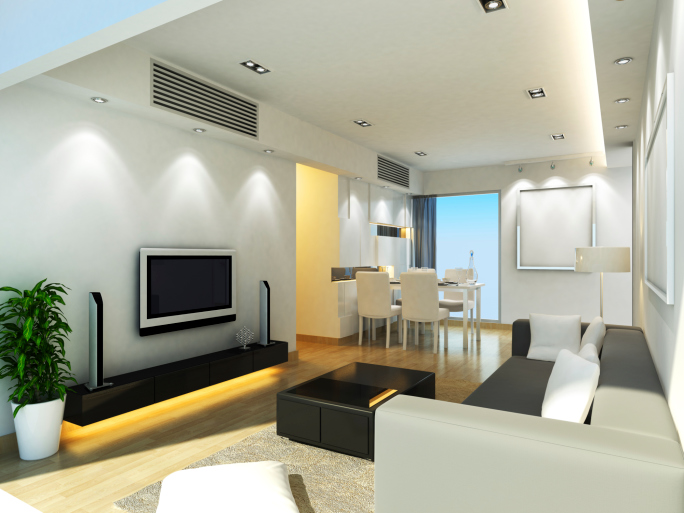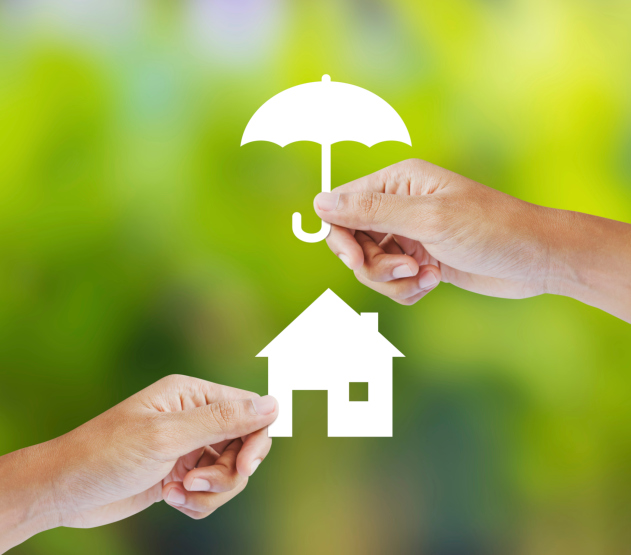 Homeowner’s insurance is an incredibly valuable and beneficial policy for homeowners to have, but it is necessary to understand what traditional policies do and do not cover. Once you familiarize yourself with the intricacies of various plans you will be better educated to make the proper decision when selecting your desired level of coverage.
Homeowner’s insurance is an incredibly valuable and beneficial policy for homeowners to have, but it is necessary to understand what traditional policies do and do not cover. Once you familiarize yourself with the intricacies of various plans you will be better educated to make the proper decision when selecting your desired level of coverage.
What’s Covered In Homeowner’s Insurance?
The majority of homeowner’s insurance plans will cover dwelling and other structure protection, personal property protection, natural disaster protection, and bodily injury liability protection. Dwelling and other structure protection plans cover damage to your home and other structures that are directly connected to the home, such as the garage. Personal property protection covers damage or loss of personal property within the dwelling. Natural disaster protection covers your home should a natural disaster cause damage, but note that natural disasters such as flooding and earthquakes typically are not covered. Finally, bodily injury liability protection typically covers injuries to individuals while on your property.
What Is Not Included In Homeowner’s Insurance?
As mentioned above, two of the major natural disasters that are not covered by homeowner’s insurance are flooding and earthquakes. There are specific insurance plans that cover flood damage and earthquake damage, but you’ll find that the vast majority of common homeowner’s insurance plans do not cover these types of disasters.
Homeowner’s insurance does not typically cover home business equipment either. If you are running a business from within your home, small business insurance is required to mitigate your risk.
Personal property over a certain value is also not typically covered unless supplemental coverage is purchased. Items such as expensive musical instruments, artwork, jewelry, and silverware should have their own insurance policy which is dedicated to valuable personal property.
Why You Might Need Homeowner’s Insurance
Homeowner’s insurance is intended to help protect you against the unexpected. You never know when a natural disaster such as a tornado or a lightning strike which causes a fire within your home might occur. Accidents do happen, and a visiting friend or relative can be injured on your property. Homeowner’s insurance is a great protection plan to have to make sure that both you and your property are covered should disaster strike.
When you’re ready to buy your next home, be sure to contact your local real estate agent to leverage their advice and expertise. Your agent will also be able to refer you to the best place to get homeowner’s insurance for your new home.

 Case-Shiller reported that home prices hit their lowest pace in two years. According to the Case-Shiller 20-City Home Price Index for October, home prices fell in 10 cities, rose in eight cities and were unchanged in two cities.
Case-Shiller reported that home prices hit their lowest pace in two years. According to the Case-Shiller 20-City Home Price Index for October, home prices fell in 10 cities, rose in eight cities and were unchanged in two cities. Light is an important design element that can be used to influence your interior decor in a number of ways. In fact, you can experience a major transformative change on the overall style and ambiance of a room by making a few simple lighting changes. Consider how these ideas can help you to improve the look of your space with great results, and think about ways that you can improve your space by making a few changes.
Light is an important design element that can be used to influence your interior decor in a number of ways. In fact, you can experience a major transformative change on the overall style and ambiance of a room by making a few simple lighting changes. Consider how these ideas can help you to improve the look of your space with great results, and think about ways that you can improve your space by making a few changes. Size matters when you are buying a new home. Whether you plan to expand your family, need more room for your stuff, or are concerned with resale value, you want to get the most space for your money. Also, if you want to add a feel of luxury to your home, one of the best ways to do it is to create open spaces rather than cramming all your furniture in rooms so tiny you can barely walk around without knocking something over.
Size matters when you are buying a new home. Whether you plan to expand your family, need more room for your stuff, or are concerned with resale value, you want to get the most space for your money. Also, if you want to add a feel of luxury to your home, one of the best ways to do it is to create open spaces rather than cramming all your furniture in rooms so tiny you can barely walk around without knocking something over. For many homeowners, their mortgage payment contains more than just principal and interest. A little something called PMI could be representing a significant portion of that payment, and it’s important for home buyers to understand this cost.
For many homeowners, their mortgage payment contains more than just principal and interest. A little something called PMI could be representing a significant portion of that payment, and it’s important for home buyers to understand this cost.